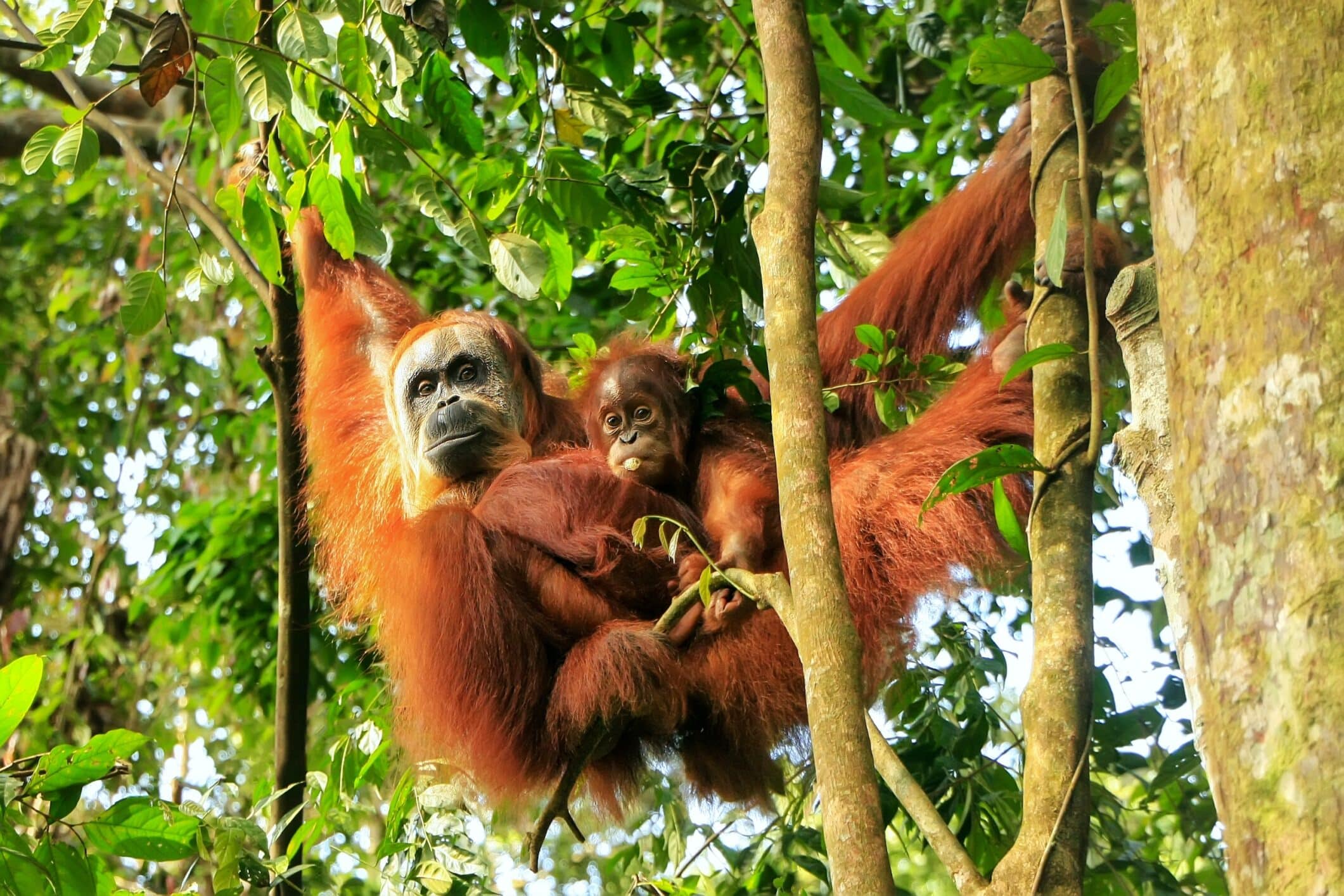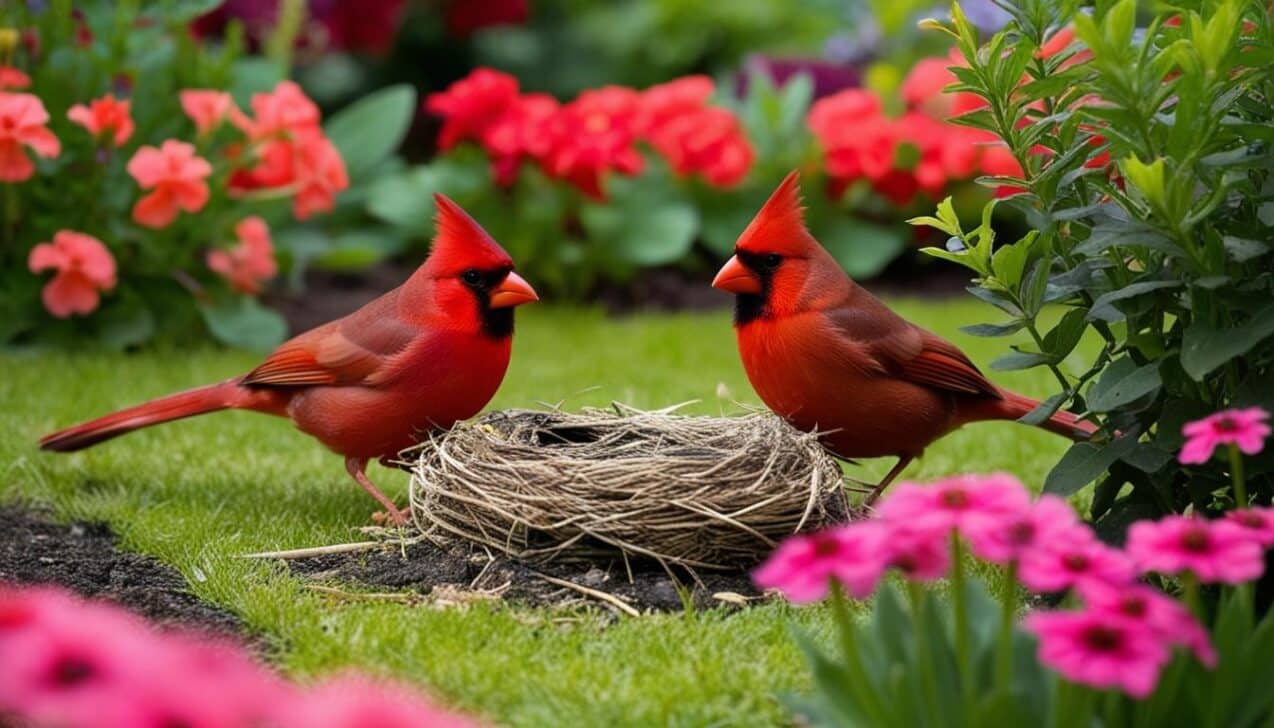A new global study has found that wildlife populations have declined by 69 per cent on average since 1970 and that we now face the prospect of double, interlinked emergencies: the loss of biodiversity and human-induced climate change.
The enormous drop in the abundance of mammals, fish, reptiles, birds and amphibians has been revealed in the latest Living Planet report from the Worldwide Fund for Nature working with the Zoological Society of London. It analysed almost 32,000 species populations across the world.
The region that has suffered the most is Latin America, showing the greatest decline in average animal population abundance at 94 per cent. The region is home to the giant Amazon rainforest, with some 17 per cent of the original extent of the forest having already been destroyed by deforestation activities such as logging. Another 17 per cent of the Amazon has also been significantly degraded.
This kind of change in the use of land, which can destroy or fragment the natural habitats of many plant and animal species is still the biggest threat to nature according to the report. But, if we can’t limit global heating to 1.5C above pre-industrial levels, it warns, climate change will become the leading cause of loss of biodiversity.
WWF and ZSL say we urgently need to stop nature loss.
The report states:”Rising temperatures are already driving mass mortality events, as well as the first extinctions of entire species. Every degree of warming is expected to increase these losses and the impact they have on people. The staggering rate of decline is a severe warning that the rich biodiversity that sustains all life on our planet is in crisis, putting every species at risk – including us.”
Freshwater species have declined more than others, with a decline of 83 per cent between 1970 and 2018. Although fresh water only accounts for less than one per cent of the earth’s surface, more than half of the human population lives within 3km of a freshwater body. And it’s this proximity that causes many of the problems, through pollution, diverting water flows for agriculture, over-exploiting species for food or introducing invasive species from other places.
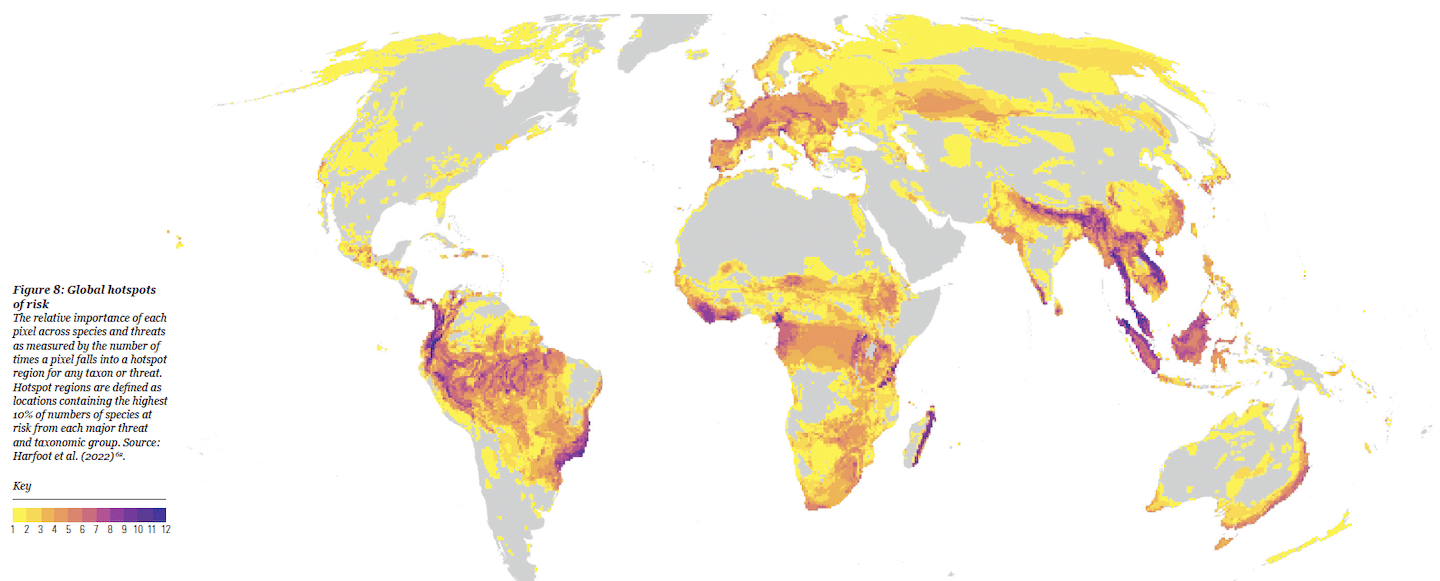
Regions most at risk of largest future declines in species populations. Image taken from Living Planet Report from WWF and ZSL.
In future Southeast Asia is the region where most species are most likely to face threats at a significant level, the report concludes, while polar regions, the east coast of Australia and South African show the highest impact probabilities for climate change, with the greatest effect on bird populations.
Tanya Steele, Chief Executive, WWF UK highlights the need for urgent action: “Across the world, and in the UK, nature is on its knees and our leaders are risking catastrophic consequences for people, planet and our economy by failing to act. We are hurtling towards a hotter planet where nature – and with it, our food, our homes and livelihoods – will be unable to survive without urgent action now to save our climate.”
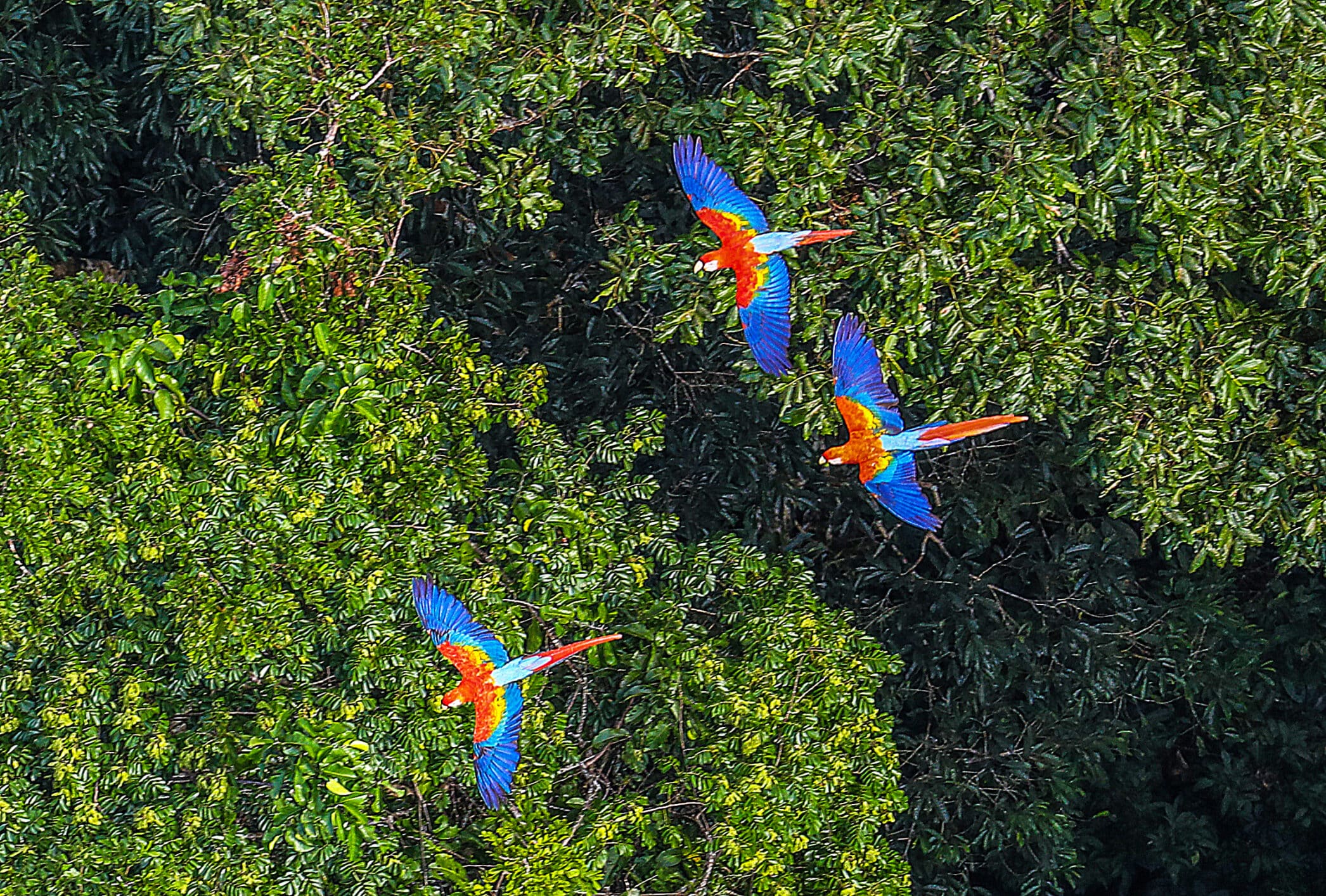
Macawa flying over the Amazon rainforest. 34% of the forest has already been destroyed or degraded. Picture Ricardo Stuckert on iStockPhoto
So what can we do?
The report is aiming to exert pressure on governments to take more action. However, given the global economic crisis and the war in Ukraine, many governments such as the UK are actually turning back towards fossil fuels and away from environmental and biodiversity protections.
“Despite the science, the catastrophic projections, the impassioned speeches and promises, the burning forests, submerged countries, record temperatures and displaced millions, world leaders continue to sit back and watch our world burn in front of our eyes,” commented Tanya Steele in an interview with The Guardian. “The climate and nature crises, their fates entwined, are not some faraway threat our grandchildren will solve with still-to-be-discovered technology.”
She added: “We need our new prime minister to show the UK is serious about helping people, nature and the economy to thrive, by ensuring every promise for our world is kept. Falling short will be neither forgotten nor forgiven.”
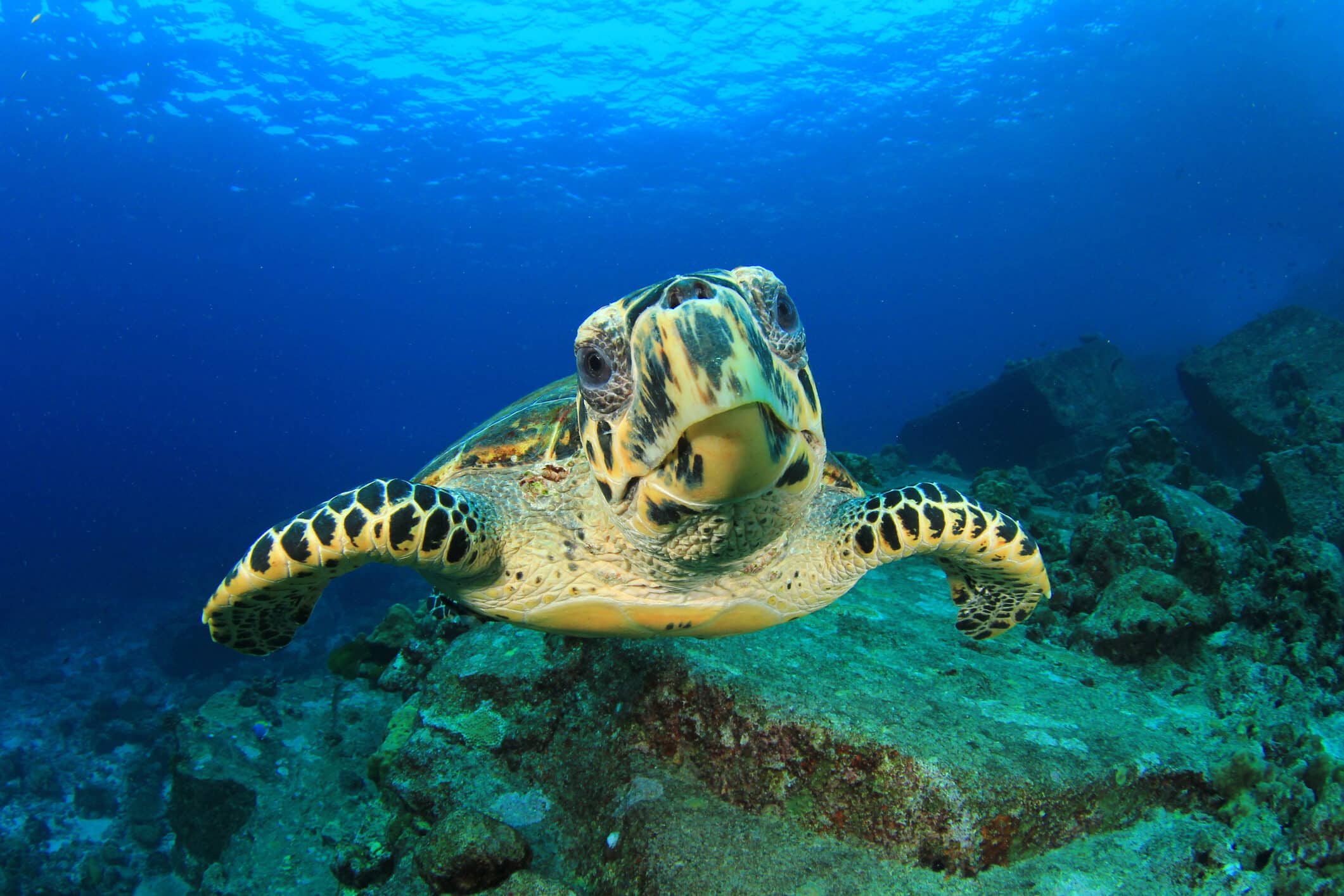
The Hawksbill Turtle is on the list of critically endangered species. Picture by richcarey on iStockPhoto
The specific potential solutions highlighted in the Living Planet Report are all based on the idea of building a ‘nature-positive society’ that protects and heals our natural ecosystems. Earlier this year, the United Nations Human General Assembly recognised that everyone, everywhere, has the right to live in a clean, healthy and sustainable environment. This is a big deal as it now compels governments to do more to tackle the issues; it’s no longer an option, but an obligation. But as has been seen with climate pledges, this doesn’t guarantee compliance.
Broadly speaking, the Living Planet report sets out two main areas of focus to address further catastrophic declines.
The first is to usher in more sustainable production and consumption practices – such as sustainable increases in yield and trade, reduction of waste, and getting people to eat a higher proportion of plant-based food. This could help to reduce the amount of land that is used for production as well as making space for the restoration of ecosystems.
The second area is the absolute necessity of keeping average warming below 2C, or preferably 1.5C. The report states that: “This will require rapid and deep decarbonisation in all sectors – energy, buildings, transport, industry, agriculture and land use.”
These are massive challenges that will require transformative approaches to the entire way we live. If we don’t rise to the challenge, we may also be sealing the fate of the human animal as just one of the thousands of other species which are also in real and present danger.
Subscribe
Sign-up to receive our newsletter
